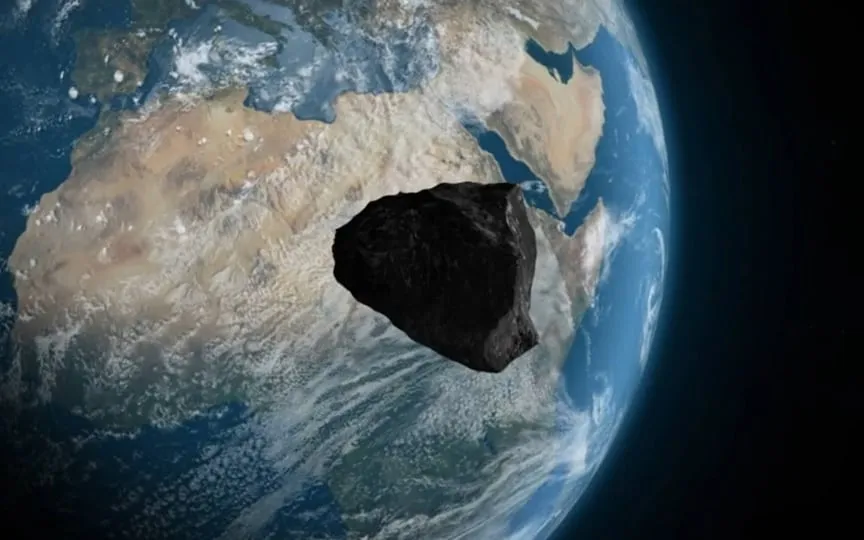NASA Alert: Asteroid Aten Skimming Past Earth!
The Defense Coordination Office (PDCO) of NASA, in charge of observing Near-Earth Objects (NEOs), has released information regarding an asteroid that is projected to come close to Earth on November 21. Known as Asteroid 2023 VW5, it will pass by our planet at a distance of 1.7 million kilometers. NASA reports that this celestial body is moving at an astonishing speed of around 40,269 kilometers per hour. Here is everything you need to know about Asteroid 2023 VW5.
Asteroid 2023 VW5: Details of the close approach
NASA has revealed that asteroid 2023 VW5 belongs to the group of Aten asteroids, which are near-Earth asteroids (NEAs) that cross the Earth and have semi-major axes smaller than Earth’s. They are named after the asteroid 2062 Ate, and the first of their kind was discovered by American astronomer Eleanor Helin at the Palomar Observatory on January 7, 1976.
Despite its close approach, Asteroid 2023 VW5 does not pose a potential threat to the planet due to its relatively small size, and is not classified as a potentially hazardous asteroid. About 89 feet wide, the space rock is the size of an airplane. That’s bigger than the Chelyabinsk asteroid, a 59-foot-wide asteroid that exploded over the Russian city in 2013, damaging 7,000 buildings and injuring more than 1,000 people.
What’s more amazing is that this is not the first time this asteroid has come close to Earth. Its first close approach in recorded history was on September 4, 1901, when it passed the planet at a distance of 69 million kilometers. After today, this asteroid will make its next closest approach to Earth on August 26, 2026, when it will pass at a distance of 36 million kilometers.
Asteroid hunting with artificial intelligence
Did you know that astronomers have also used algorithms to hunt for asteroids? According to a study published by the University of Washington, an algorithm called HelioLinc3D helped scientists find a potentially dangerous asteroid. Asteroid 2022 SF289, which is nearly 600 feet across, was discovered during a test of the algorithm in Hawaii and is not considered to be dangerous in the near future. The HelioLinc3D algorithm uses the Rubin dataset to find and track asteroids.




